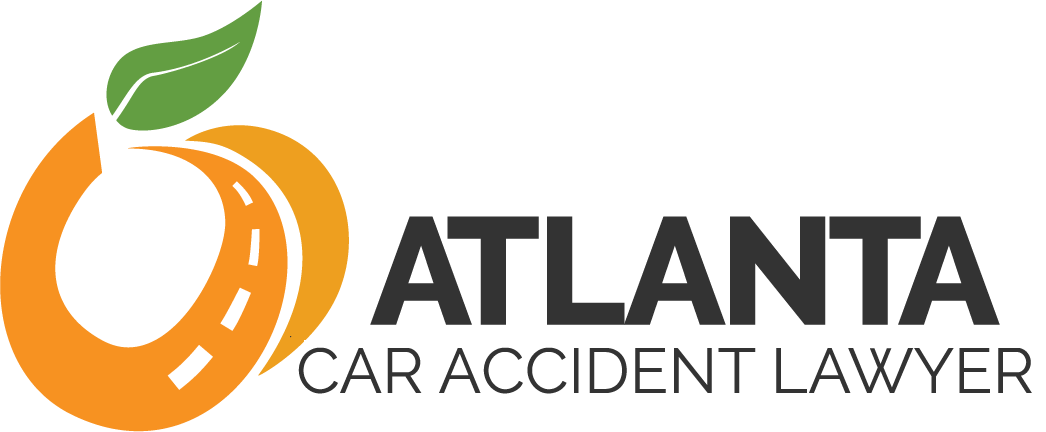
There are a variety of car safety devices that can help prevent an accident in the state of Georgia. New devices are being created all the time. You may be surprised to know that there may already be safety devices installed in your car.
Back Up Sensors
Back up sensors warn you when you are backing up too close to something you shouldn’t be getting close to, like another vehicle. This feature is more commonly available on larger vehicles, like RVs and SUVs, and it has been shown to significantly reduce the number of rear-end collisions that occur from drivers backing up into other vehicles.
Head-Up Displays
A head-up display prevents accidents by letting you “see” what’s ahead of you, even when you need to look down for a moment. Many accidents are caused by people looking down to check their GPS, their speed, etc. With a head-up display, you can see all of this information projected onto your windshield, reducing your need to look away from the road and preventing you from getting into an otherwise avoidable accident.
Auto Dimming Mirrors
While driving at night, you’ve probably had to use the flip tab on your rearview mirror at some point to reduce the glare from the headlights of a car behind you. Looking up to find and use the tab takes your attention away from the road and can cause you to get into an accident.
An auto dimming mirror, or electrochromic mirror, does exactly what its name suggests: it senses the glare and automatically dims the mirror for you to reduce it. This works in two ways:
- It reduces the glare that temporarily blinds you while the car is behind you.
- It prevents you from experiencing what is called the “Troxler Effect,” which is the blinding feeling that remains after the car has passed.
In the time that it takes for the Troxler Effect to wear off, which is about 1.4 seconds, you can travel over 120 feet if you’re driving at a rate of 60 mph. As you can see, even that sliver of time is significant enough for an impaired driver to cause an accident.
Front/Rear Cross Traffic Systems
Cross traffic systems use the same technology as that which supports back-up sensors. Cross traffic systems are designed to alert a driver to cars or objects that may be approaching them on the side, as opposed to behind them. The key with both types of sensors is to reduce a driver’s blind spots so that they know what is happening on all sides of them, so as to reduce the possibility of an accident.
In most instances, the sensors for cross traffic systems are located behind each side of the car’s rear bumper. However, in some cases, the sensors may be located in either the taillights or in the quarter panel behind the bumper’s cover.
The Danger In Safety Systems
The problem with safety devices is that some drivers feel that they have permission to drive more dangerously because they can rely on their sensors more often. So, for instance, someone who might have exercised more caution while merging on the freeway before now darts in and out of traffic, so long as his sensors show that his way is clear.
But what happens when the technology fails? If the driver is driving at a higher rate of speed, thinking his sensors will protect him, and those sensors fail, then the accident he causes may have more severe damages and injuries than if he had been slower and more careful.
If you have been involved in an accident with someone who was driving carelessly, relying on sensors that ultimately failed him, our lawyers can help.
Did Your Safety Device Fail, Causing An Accident? Call Us Right Away!
Sometimes you can do everything right. You have safety devices installed in your car, and you drive safely, just in case. But technology is known to malfunction. Your sensor may have shown that you were far enough away to continue backing up, and yet you caused a collision anyway. And now the other party is suing you for damages.
Fill out the form to the right, or call us at (404) 341-6555 to speak with one of our skilled Atlanta car accident lawyers. What you will receive is a free consultation with no obligation to retain. We understand that even if you were the one to cause the accident, it still may not be your fault. Let us review your case. Call today!





